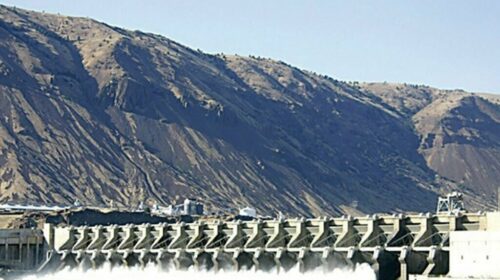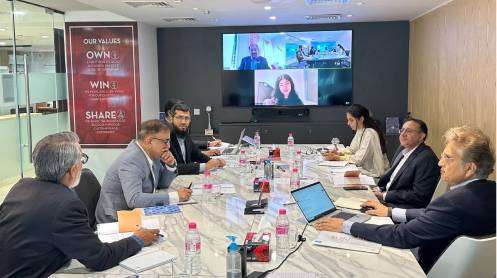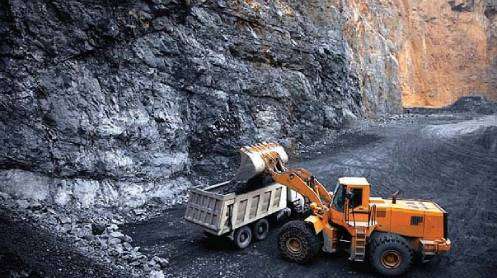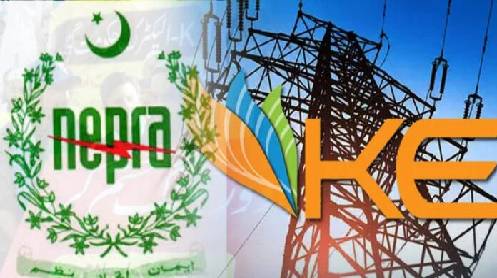Khyber Pakhtunkhwa (KP) has urged the federal government to allocate a separate block of at least 3,000MW of candidate projects in the next iteration of IGCEP for hydropower projects at par with renewable energy schemes.
The request was made by KP Chief Secretary Dr Shahzad Khan Bangash in a letter to Secretary Power, Syed Asif Hyder Shah. His letter is in response to a letter of Board of Investment (BoI) of February 11, titled “foreign direct investment of $3 billion by Korean investors is jeopardized”.
According to the Chief Secretary, Khyber Pakhtunkhwa province has the highest untapped hydropower potential yet has limited resources. This untapped hydropower potential will generate sizable revenue for the province, however, non-inclusion of the private sector projects in the Indicative Generation Capacity Expansion Plan (IGCEP) will either delay/ halt or completely stop the process of development in the field of energy in KP.
He said, a hydropower project had a life of over 80 years, and if properly maintained its life could go up to 100 years. As per the policy, these plants will be transferred to the government of KP, at a notional cost of Re 1 at the end of 30 years, and the government will then be in a position to produce power at a very nominal cost over a longer period of time with a sizable revenue resource.
CAPEX for hydropower plants consists of 70%- 80% of local inputs which is reinvested in to the local economy in the form of land, cement, steel and labour, whereas in all other sources of electricity 70-80% of the CAPEX is spent on imported materials/ machinery. This not only drains our foreign exchange reserves, but also provides no benefits to the local economy.
The hydropower energy, in addition to elimination of foreign exchange risks, also eliminates the risk of energy availability due to any geo political crisis that may result in discontinuation of supply from abroad.
Dr Bangash said hydropower plants were the toughest projects to construct because each project had a unique structure. “These plants can only be made at a specific location thus land acquisition risk is high, the studies required to assess feasibility are very site specific, and the construction period is long.”
He maintained keeping all those aspects in view, which increased construction time, cost and risk, both directly and indirectly, the parameters for inclusion of hydropower projects in IGCEP needs to be altered and the projects should be compared within the technology rather than comparing it to other sources of power such as wind and solar etc.
He maintained that direction on that aspect had already been provided by Council of Common Interest (CCI) in its 47th meeting held on June 21, 2021, wherein the following decision was minuted “in order to determine the basis of least cost and to ensure that the consumer gets the cheapest electricity, while ensuring levelized tariff for different fuels / technologies the government shall conduct necessary consultations with the provincial governments on parameters/ basis / assumptions at the time of development of generation framework.” However, no such consultation has been done with KP.
“The most appropriate time for initiating hydropower development is when there is no immediate need for adding capacity such as now. This is because it takes about 7 to 8 years for a hydel project to come online, and if we wait for the next period of capacity shortage, the only alternative left would be to install short-term thermal, and we would be stuck in the same electricity shortage /surplus cycle,” he continued.
The long-term solution to Pakistan’s energy crises is indigenously produced source, such as hydropower which is not only indigenously produced, but unlike all other forms of energy its cost continues to fall through its life cycle,” he said, adding since most of the private sector hydropower projects of Pakhtunkhwa Energy Development Organization (PEDO) will come online during 2029-2030 hence it is proposed that a separate block of at least 3,000MW of candidate projects in the next iteration of IGCEP for hydropower projects should be allocated at par with renewable energy projects.
He further stated that, also, a clear exception be provided in the new generation policy for those projects which have valid Lols and are achieving the milestones on time.
This exception can be given on the analogy as already done in recent Income Tax Ordinance where income tax exemption will remain effective for those projects which have valid LoS up to June 2023. Similarly, Power Generation Policy 2015 will remain applicable to those projects which have valid LoI and will receive LOS before June 2023.







